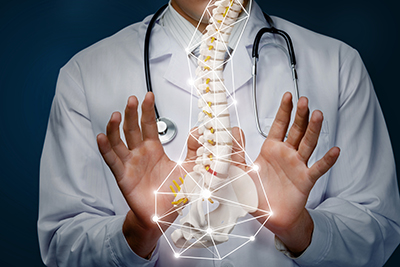Childbirth is a transformative experience, both emotionally and physically. As miraculous as it is, the process often leaves new mothers with various physical challenges. From pelvic pain and weakened core muscles to backaches and postpartum fatigue, the postpartum period can be overwhelming. Physical therapy offers a tailored approach to help new moms recover, rebuild strength, and regain their sense of well-being.

Why Physical Therapy Matters After Childbirth
Pregnancy and delivery put immense stress on a woman’s body. Common postpartum issues include:
- Pelvic Floor Dysfunction: Weakness or tightness in the pelvic floor muscles can lead to incontinence, pain, or a feeling of heaviness.
- Abdominal Separation (Diastasis Recti): The stretching of abdominal muscles during pregnancy may leave a gap that requires careful rehabilitation.
- Lower Back Pain: Changes in posture, weight distribution, and hormonal effects can strain the back.
- Scar Tissue Complications: C-sections or episiotomies may cause scar tissue that affects mobility and comfort.
Physical therapy provides a non-invasive and personalized way to address these issues, promoting long-term health and function.
Benefits of Postpartum Physical Therapy
- Pelvic Floor Recovery Physical therapists can teach exercises to strengthen and restore pelvic floor function. These exercises reduce incontinence, alleviate pelvic pain, and prevent prolapse.
- Core Strengthening A structured program can help heal diastasis recti and improve overall core strength, supporting better posture and reducing back pain.
- Pain Management Manual therapy, targeted exercises, and stretches can relieve common postpartum pains, including neck, shoulder, and back discomfort from nursing or carrying the baby.
- Scar Tissue Mobilization Therapists can help mobilize scar tissue, improving flexibility and reducing adhesions after C-section or perineal tears.
- Emotional Well-Being Physical therapy is not just about physical recovery. Many moms report feeling more confident, energized, and less stressed as they regain strength and function.
What to Expect at Your First Physical Therapy Session
During your initial visit, your therapist will conduct a thorough evaluation, discussing your medical history, childbirth experience, and specific concerns. They may assess:
- Pelvic floor strength and function
- Abdominal separation and core strength
- Posture and alignment
- Pain levels and areas of discomfort
Based on this evaluation, they will design a customized treatment plan to address your unique needs.
Tips for a Successful Recovery
- Start Early but Safely: Consult your healthcare provider about when to begin physical therapy. Typically, it’s safe to start a few weeks after delivery, depending on your condition.
- Practice Patience: Recovery takes time. Celebrate small victories as you work toward your goals.
- Stay Consistent: Follow your therapist’s recommendations and maintain a regular routine to see the best results.
- Seek Support: Share your journey with fellow moms or join a postpartum support group. Knowing you’re not alone can make a big difference.
Empowering Moms Through Recovery
Motherhood is a journey of resilience and growth. Physical therapy can be an invaluable tool for navigating postpartum recovery, enabling new moms to heal and thrive. If you’re experiencing challenges after childbirth, don’t hesitate to seek the help of a qualified physical therapist. Your health and well-being are just as important as your new baby’s.
Take the first step toward recovery today. Contact us to schedule your postpartum physical therapy consultation and let us help you regain your strength, confidence, and vitality.
Advanced Medical of Florida provides you with the medical care you need. For more information, go to our web site http://www.amfhealthcare.com or call (727) 408-5222.

